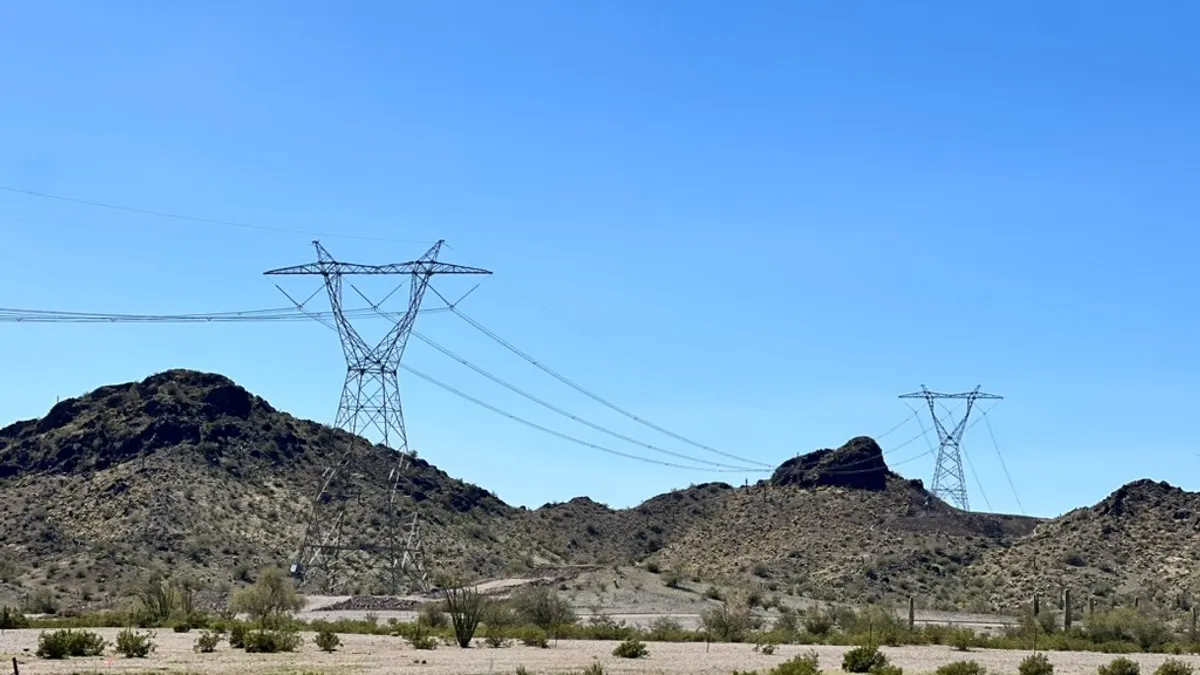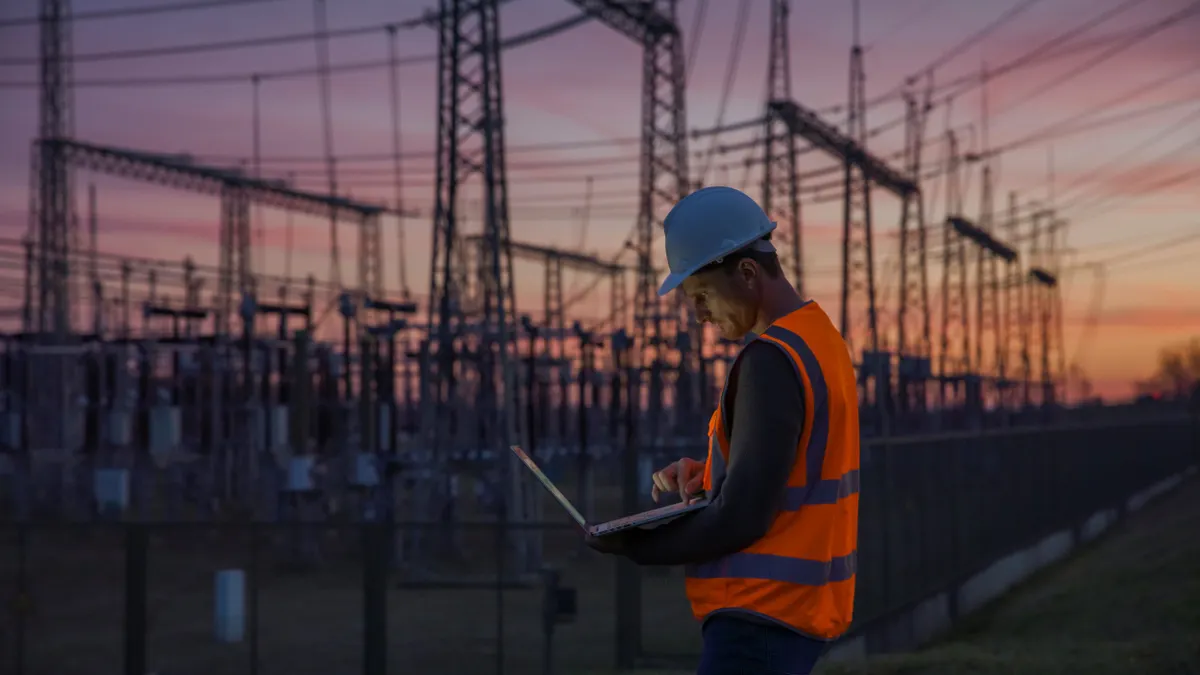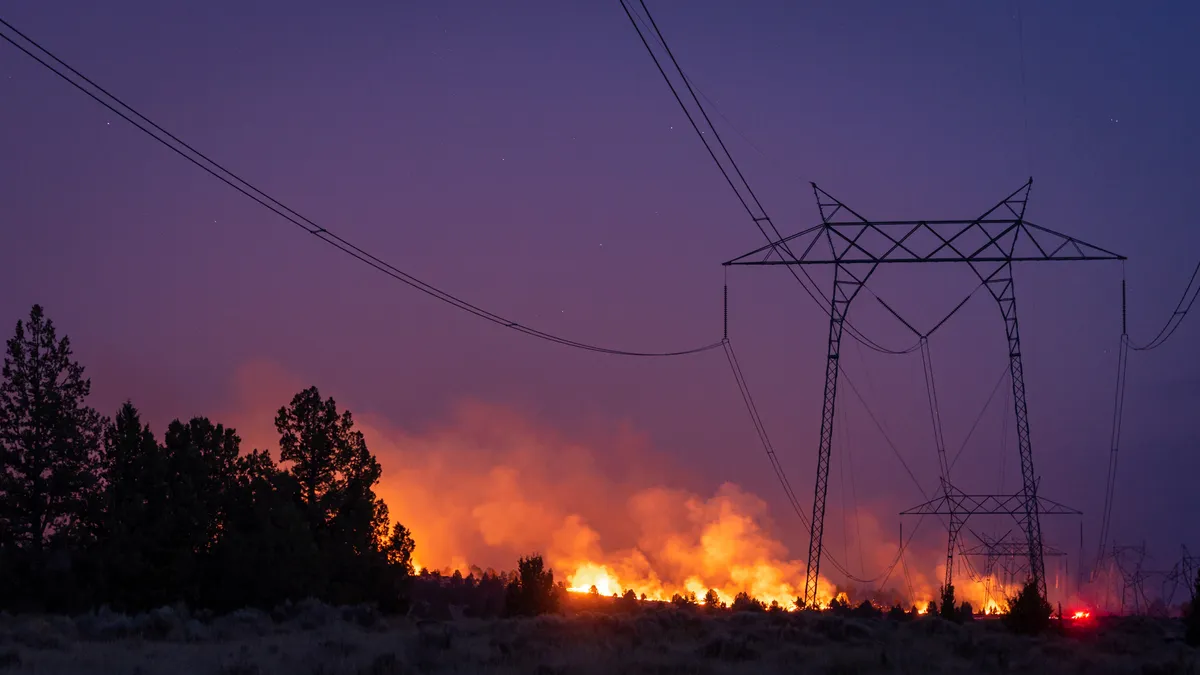The following is a viewpoint from Tanuj Deora, executive vice president and chief content officer of the Smart Electric Power Alliance.
The release of the Department of Energy’s Staff Report to the Secretary on Electricity Markets and Reliability has generated enough energetic reaction from across the industry, environmental, and political spectrums to power a small city.
The primary takeaway from the report – that the early retirement of coal and nuclear power plants is due primarily to the low cost and abundant supply of natural gas, not DOE policy on renewables – has captured the most attention. My concerns are actually not so much with the report’s conclusions as with its approach.
The DOE staff chose to write their report from a baseload-centric paradigm, rather than a forward-looking approach based on the energy industry’s rapidly-evolving resource/fuel source mix. The implied assumption is that baseload power plants have reliability and resiliency advantages that other power generation technologies do not. This assumption, perhaps valid five or ten years ago, is no longer credible looking forward.
The fact is that every kind of power generation technology has operational limitations under varying points of stress. The production of hydroelectric plants can be affected by drought. Wind farms and solar facilities are, by their nature, variable. Onsite coal supplies can freeze in winter or become submerged by floods. As we saw in Fukushima, nuclear power plants are vulnerable to earthquakes.
And if resiliency is measured by a power plant’s ability to recover quickly and get back online after an unplanned shutdown, coal and nuclear plants are hardly role models of speed.
So, while we at SEPA appreciate the DOE report as an important first step in planning for our energy future, we would like to see the organization take the next step and address a question that speaks directly to how that future will unfold — How are we to define reliability and resiliency in an increasingly diversified, distributed, and smart energy landscape?
We at SEPA believe there are at least three keys to answering that question fully and accurately:
Begin with the risk factors. Before addressing the availability and capacity of each type of power plant, DOE should compile a list of the risk factors that can affect the operations of all types of power plant and examine the available data to assess the impact of each risk factor and find gaps with the research.
Understanding the impact of the risk factors will also help to document if there are any correlations of risk between different power-generating technologies, which is essential to understanding system-wide impacts. For example, cold weather can impact both coal and gas generation, so in less temperate regions, energy storage might be a better solution. And since steam-generating plants (coal, gas, nuclear) are all dependent on ample water supplies, areas susceptible to drought should seek other ways to back up these energy sources.
Take a system-wide view. The correlation of risk described in my first point above is a compelling reason to approach reliability and resiliency from a system-wide (vs. plant-centric) view. The public is rightly concerned about the reliability and resiliency of the entire electric grid, not the performance of individual power plants.
DOE should explore the factors that increase reliability and resiliency system-wide, and compare the relative reliability and resiliency performance of different technology portfolios against each other (e.g, natural gas and renewables vs. natural gas, renewables, and nuclear).
These efforts will lead to regional resilience strategies that factor in each region’s climate and risk factors. Sunbelt utilities will rely more on solar solutions, Midwest providers will likely turn to wind solutions, and so on. Areas with a high population density will likely rely on more distributed energy resources, while rural areas may have room for utility-scale projects and the corresponding high-voltage transmission wires.
Consider all solutions. There are many potential tools to increase resiliency and reliability that should factor into planning for the future. These potential solutions include: the impact of efficiency and demand-response investments; the growth of electric vehicles; the declining costs of solar panels; the flexibility of microgrids; and the growth of energy storage investments.
I’m personally compelled by the potential enabling technologies combined with Advanced Metering Infrastructure (AMI). The insight gleaned from the data generated by AMI has the power to ensure a more efficient and resilient grid with a lower costs for consumers.
According to the U.S. DOE, from June 2016 to June 2017, the grid’s solar production increased by 73.7%. As of June, 36.5% of the grid’s electricity was zero-carbon, up from 31.7% a year earlier. Those figures are indicative of a trend that will likely continue.
In this rapidly changing environment, SEPA believes that it’s time to take a broader, more comprehensive, and inclusive approach to assessing reliability and resiliency so that we may have a future of safe, affordable, and clean power we can all depend on.
Tanuj Deora is Executive Vice President and Chief Content Officer of the Smart Electric Power Alliance (SEPA), a non-profit organization dedicated to working with electric power stakeholders through the most pressing issues affecting the growth and utilization of smart energy.




















